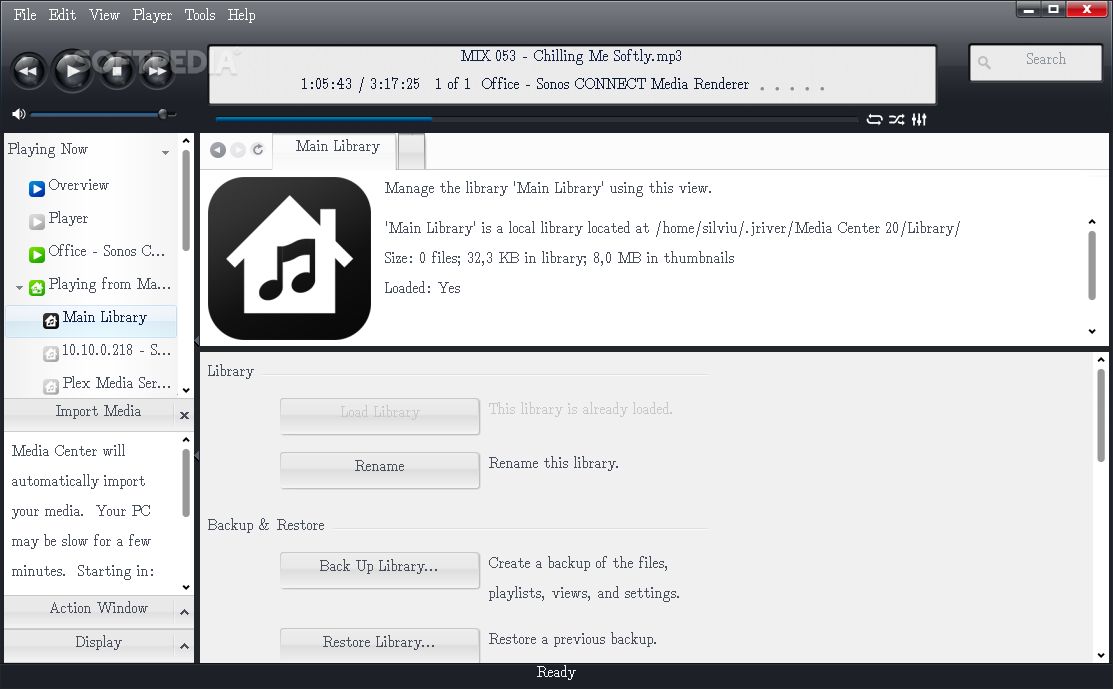

The fanless Aria is completely silent during playback.

Its striking case, made of precision-machined plates of 6mm-thick aluminum (silver finish only), was designed by Ochoa y Diaz-Llanos, a well-known European design house. The Aria measures 16.8"W x 2.5"H x 14"D and weighs 26.4 pounds. The Aria reads files into its memory before playing them, which should minimize jitter. Playback of all files is bit perfect, which these days we take for granted. DSD256 files have begun to appear - but if you download one, I hope you have a fast Internet connection. The PCM file formats supported are WAV, AIFF, FLAC, and ALAC - all of the commercially available files of interest to audiophiles as of this writing. The server plays PCM files of up to 32-bit/384kHz resolution, and DSD128 files, as well as DXD (32/352.8). The most expensive option replaces the hard drive with a 2TB solid-state drive, for $9995. The review sample came with a 2TB hard-disk drive, the optional linear power supply, and the internal DAC that combination sells for $7995. The Aria’s base price is $5495 USD, with no internal DAC or storage and with the standard power supply. The designers of the Aria’s library-management software have made a worthy effort to meet the needs of the serious classical collector.

To a lesser extent, jazz recordings are also poorly served. Vanishingly few server programs offer enough metadata fields to let you manage a classical collection. You might also want to sort a collection by period: early music, renaissance, baroque, classical, romantic, modern - or by solo instrument: piano, violin, cello, etc. If the work is an opera or oratorio, you have the names of the vocal soloists - sometimes many, any of whom may be the item of chief interest to the listener, as may be the name of the choral group.

While that works for rock or pop, it makes it hard to navigate large collections of classical recordings.Ī typical classical album can be characterized by the composer of the music, the names of the individual singers or instrumentalists, the name of the conductor, or the name of the ensemble. Most server software lets you display recordings by album title, or by the name of the recording artist. Although its most immediately noticeable feature is its appearance - its case appears to be an untidy pile of aluminum plates - its true distinction is its software. Introduced to the US at the 2014 AXPONA audio show, the DigiBit Aria, made in Spain, has several features that distinguish it from other music servers.


 0 kommentar(er)
0 kommentar(er)
